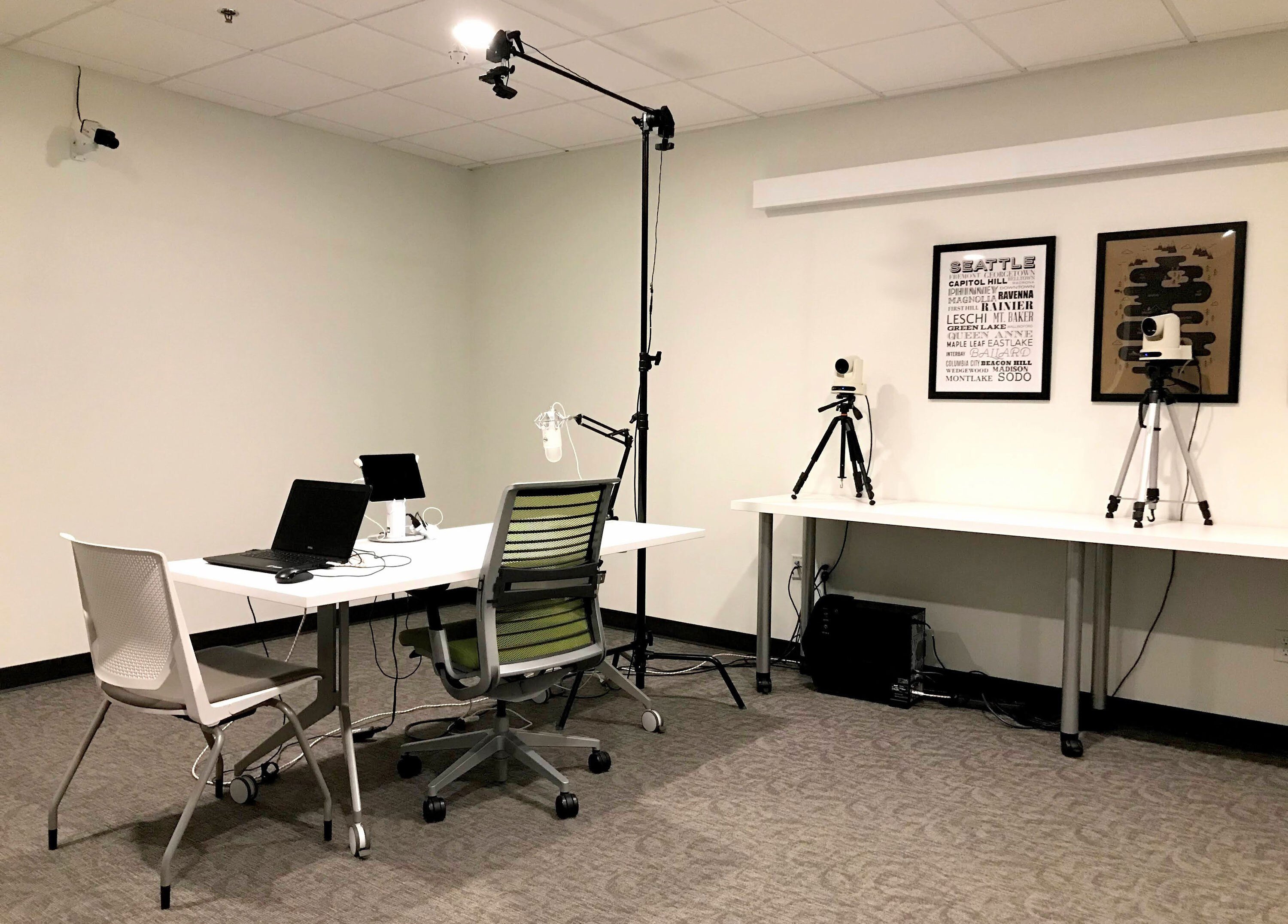
By Brandon Sapp
Research participants share their most insightful feedback when they feel comfortable, safe, and respected. Moderators play a crucial role in creating this environment, especially in challenging study areas like working with children and teens, using emerging tech such as augmented or virtual reality, or conducting field research.
In this article, I’ll share practical tips for fostering a positive research environment with rapport, mindfulness, and fun.
Tip #1: Build rapport with research participants
Building good rapport is one of the most critical components of a successful session. Establishing a connection before diving into the nitty-gritty details of the study helps the participants build trust with the moderator and feel comfortable sharing their honest opinions, even when negative. Here's How to structure the rapport-building section of your study:
Describe the session flow and let them ask questions. Before beginning the session, outline how the participant will spend their time with you, what type of questions you’ll be asking, and, most importantly, give them time to ask questions about the process.
Why is this important?
- It builds a foundation for open feedback: While some school-aged participants have no trouble being direct, some may initially be shy and reserved. Letting these participants know what to expect will help them drop their guard and be more willing to share feedback openly.
- It provides comfort in a tech-heavy environment: When working with emerging tech, participants’ sessions often involve a lot of cameras, screens, and devices. Entering a space like this can be intimidating and overwhelming for participants. Letting folks know how you plan to interact with them and how they will interact with the technology can make these settings more approachable.

Encourage authenticity. Let participants know they can freely give their gut reactions and unfiltered feedback without fear of consequence.
Why is it important?
- It encourages honest, constructive feedback: Adults often teach teens and children to mask their reactions, opinions, and behaviors as a means of self-control. This can sometimes prevent kids from sharing their unfiltered feedback when appropriate. For example, a child may have a negative experience with a product but feel compelled to “soften the blow” when discussing the feedback to be well-mannered.
Take an interest in their thoughts and opinions. Start the session with a few questions loosely tied to the study but centered around participants’ interests. When they respond, ask follow-up questions and convey your interest. The participants will, in turn, trust that you value what they say.
Why is it important?
- It motivates in-depth and unprompted feedback: Some find it difficult to provide detailed responses to every question. I’ve found that when participants feel confident that I care about what they think, they are much more willing to expand upon their unprompted feedback throughout the session.
RELATED: How Many Participants Do I Need For Sound Study Results?
Tip #2: Be mindful of participant comfort and fatigue during a study.
Sitting in a lab room surrounded by cameras, wearing heavy and disorienting prototypes that strain your body, or meeting a researcher in your home or work environment can easily produce a high-stress environment. To help participants manage stress, consider the following:
Communicate your attention to privacy. People put themselves in a vulnerable position when they agree to participate in a study. While we do our best to avoid breaching private or personally identifiable information, letting people know your efforts to keep their information safe and allowing them to ask questions and request accommodations — such as blurring their image during a remote research session — will let them know you have their best interest in mind.
Why is it important?
- Dispel privacy concerns: While all studies have unique privacy risks, field research carries a considerable privacy risk because it typically involves meeting participants at their homes, workplaces, or other places they frequent. Calling out your intention to keep their private lives private can dispel some of these concerns.
Take time to be human. Encourage participants to ask for breaks whenever needed and request anything else they need to feel more comfortable during the session. Stay mindful of how participants are feeling — offer water if someone is having trouble speaking or suggest a break if they look fatigued.
Why is it important?
- You’ll collect more accurate feedback: If a participant’s basic needs are unmet during a session, their feedback may sway to the negative. This is especially important in AR and VR studies, where it’s common for head-mounted displays to cause nausea and motion sickness. Addressing symptoms early can ensure your data is accurate.
Tip #3: Keep the session fun.
In my experience, participants are most willing to continue talking and sharing their thoughts and opinions when they’re having fun. Here’s what you can do to keep your session engaging:
Crack a joke. We want participants to speak to us openly, similar to how they would with a close friend or colleague; however, the setting or dynamic between a researcher and a participant may cause the session to feel more like a visit to the doctor’s office. I’ve found that the occasional joke or light-hearted comment can bridge the gap between the moderator and the participant.
Why is it important?
- It leaves room for deeper feedback: Participants may expect their time with you to be buttoned up. I’ve found that if I can shake the seriousness, participants are more likely to be authentic, and it’s much easier for me to probe deeper into their feedback, so keep things light!

Allow time for exploration. You’ll likely have a lot of ground to cover in a short amount of time. Because of this, it can be tempting to adopt a rigid session script with little flexibility. While a heavily structured session isn’t inherently wrong, allowing flexibility for participants to explore the product you’re evaluating, in some cases, can increase feedback quality.
Why is it important?
- It helps participants stay focused: When working with kids, especially in emerging tech like AR and VR, moderators may need help keeping them focused. I’ve found that if I give participants time to explore the product independently before asking them to complete structured tasks, they’re more likely to stay on topic when needed. And this isn’t just helpful for kids; unstructured exploration time also helps adults better conceptualize their thoughts about the product and provide richer feedback.
Find the session structure that works for you and your participants.
While these tips may only be relevant for some research sessions, they provide a helpful starting point for tailoring your efforts to your unique study environment. As researchers, our priority is our participants. By keeping comfort, engagement, and enjoyment at the forefront of what we do, we can uncover valuable insights for our stakeholders.



